
Difference Between Yukata Vs Kimono
Yukata vs. Kimono: Understanding the Differences and Traditions Japanese clothing has always been the epitome of rich culture and tradition. The yukata and kimono are two pieces of clothing that are a perfect example of the Japanese way of life.
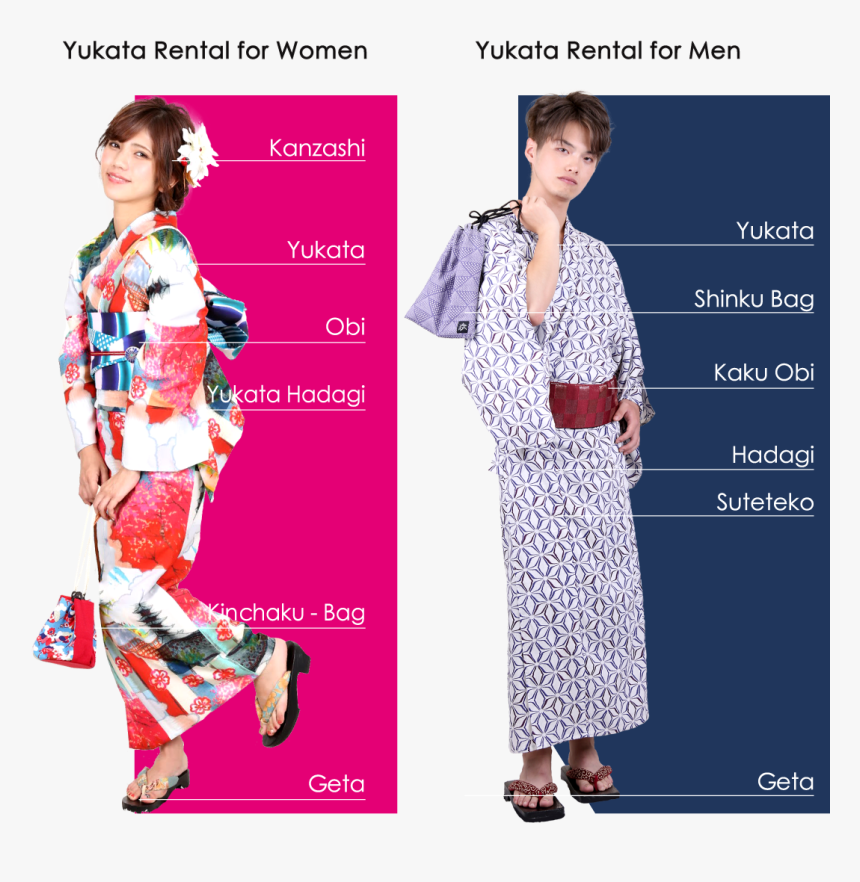
Yukata Vs Kimono Difference, HD Png Download kindpng
So, What's the Difference Between a Yukata and a Kimono? SHOP THE LOOK | Japanese Yukata Let's run through the main differences between kimono vs yukata, including the materials, style, and when & where they are worn. Materials: A traditional version of a yukata is most commonly made from cotton.

Yukata vs Kimono What is the Difference? Japan Avenue
Like Happi, our Yukata are designed for easy wearing and washing. Lightweight, comfortable and quick to dry when used as a bathrobe. Traditionally a wide Obi belt would be worn with a Yukata to complete the look - which we also stock in navy, black and red. Black Dragon & Eagle Yukata. £85.00.
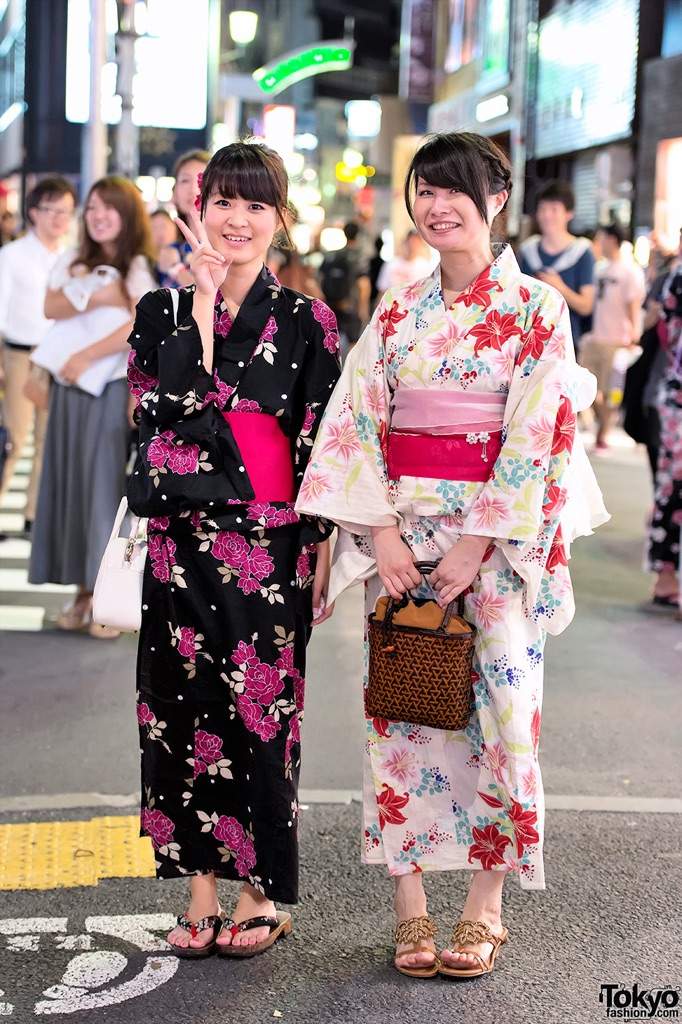
Yukata VS Kimono!! Read about foot wear?! Anime Amino
Kimono and yukata are both traditional Japanese clothes are very similar: a T-shaped design, sleeves that cover the arms and a wide band of fabric to tighten the waist. At first sight they are almost identical! Kimono and yukata are two very different clothes. Even if they have similar shape, they have opposite characteristics.
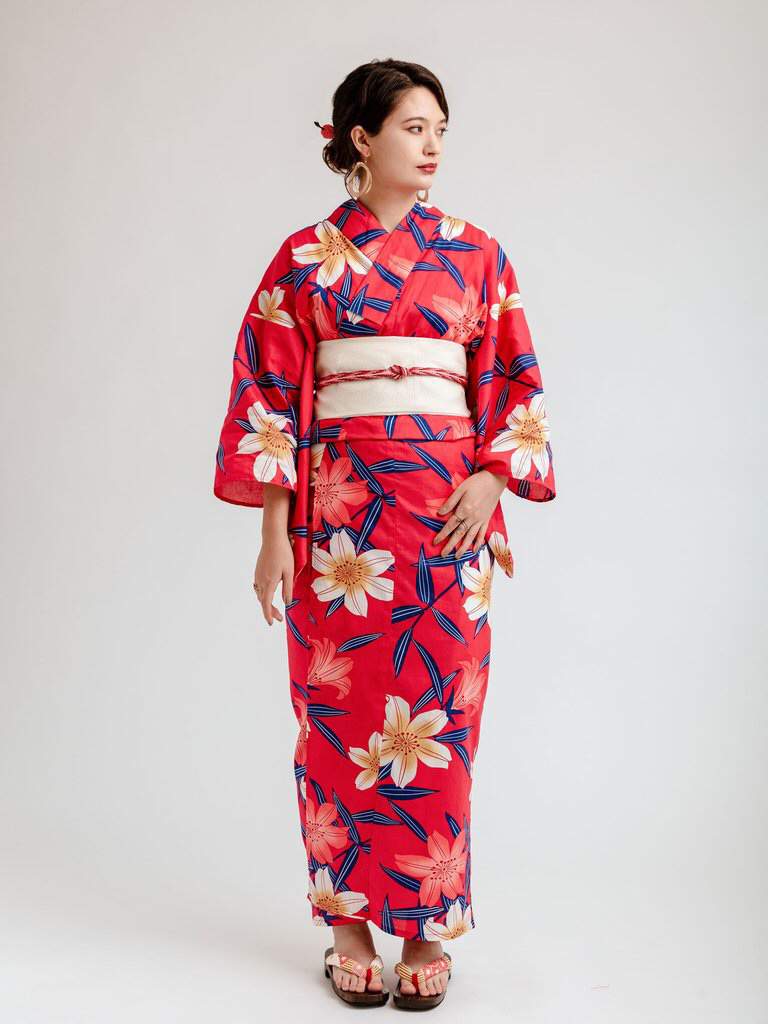
Yukata vs Kimono Aikatsu Amino
Yukata vs Kimono: What are they? Yukata vs Kimono: Differences between Yukata and Kimono Yukata vs Kimono: How to wear them Men's Yukata vs Kimono Yukata vs Kimono: When to wear Yukata vs Kimono: Should foreigners wear Kimono? Yukata vs Kimono: Where to get them Yukata vs Kimono: Best places to get pictures in kimono Yukata vs Kimono: Geisha
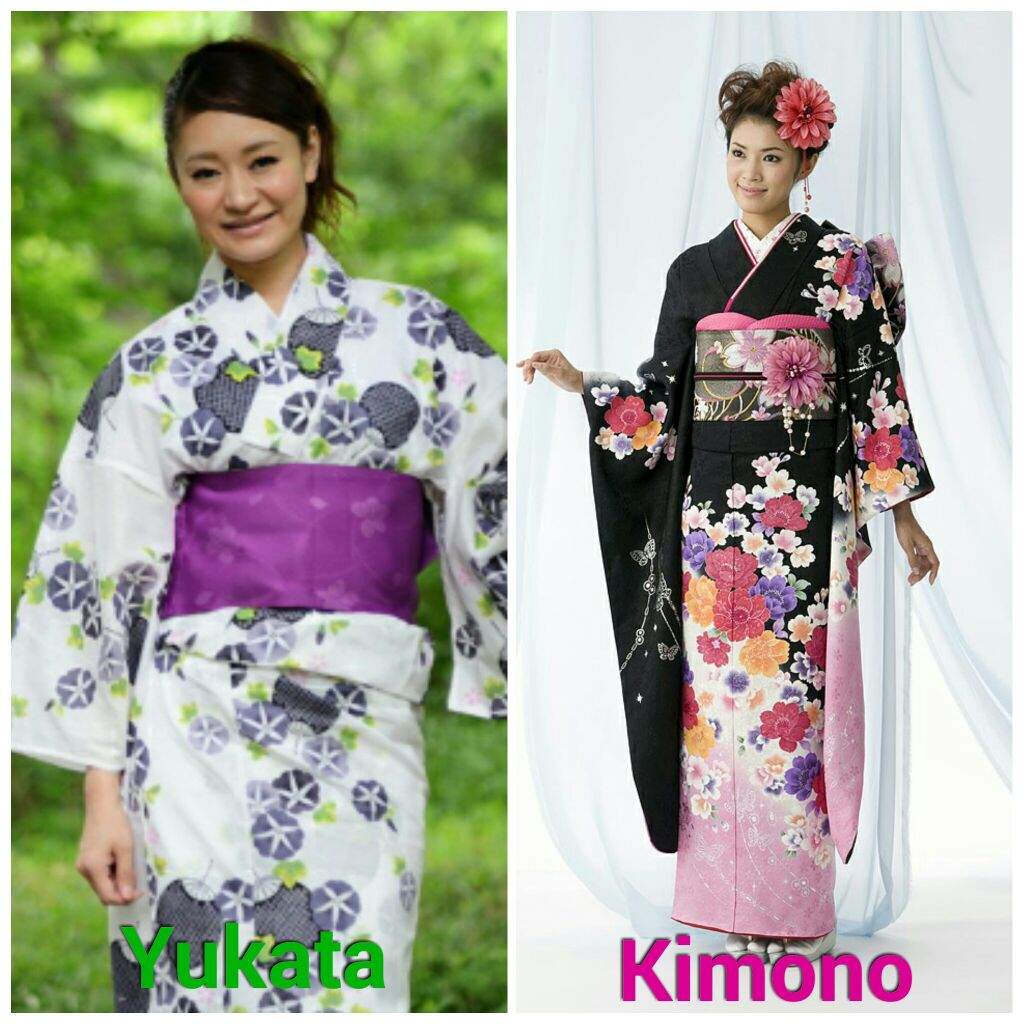
Kimono VS Yukata Cosplay Amino
4 July 2023 Both Kimono and Yukata garments are Japanese clothing items deeply rooted in Japanese culture, and though they share similarities, you need to know the differences. Both used by men and women, depending on the season, yukatas and kimonos can appear identical to the unknowing eye.

Yukata vs Kimono vs Hakama Japanese traditional dress, Japanese outfits, Japanese traditional
Arguably, the main difference between a kimono and yukata is the collar. A kimono has a soft, full-width collar; whereas a yukata has a half-width and stiffer collar, due to the material it is made from. In addition, a kimono typically has at least two collars, one close to the neck and one just below called a juban collar.

Yukata vs Kimono & Difference between them Japan Avenue
Yukata and kimono are two traditional Japanese garments that have a deep-rooted cultural significance. These elegant attires continue to be cherished and worn in contemporary Japan, showcasing the enduring beauty and craftsmanship of Japanese fashion. Yukata Origin and History Characteristics Occasions for Wearing Yukata
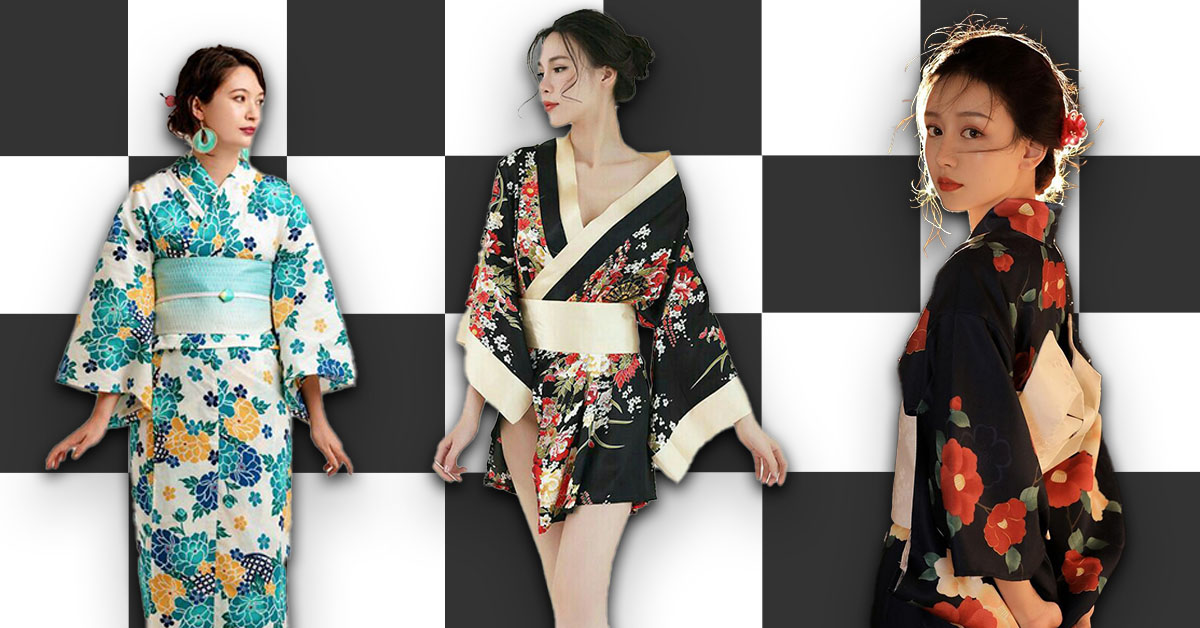
Yukata Vs Kimono What’s The Difference? Fashion Inclusive
Yukata vs kimono may seem like a simple comparison, but in reality, these two styles represent a rich cultural heritage that has been passed down through generations of Japanese artisans and designers. So the next time you attend a Japanese festival or other cultural event, take a moment to appreciate the beauty and history behind these iconic.

What Are The 4 Differences Between KIMONO & YUKATA? When & How The 13 Types of Kimono Are Worn
The main difference between a Kimono and a Yukata is in the fabric used to designed them. Traditionally, the Kimono is made from a premium silk fabric and the most sophisticated can be made from brocade, a rich silk fabric decorated with embroidered designs in gold and silver thread.

A Brief History Of The Kimono The Traditional Garment Of Japanese Farmers Visit Nagasaki
There are some key differences between yukata and kimono, but keep in mind the yukata is a type of kimono (so there are many similarities, too). One difference is that yukata are usually worn in the summer - often for festivals. Kimono can be worn at festivals, too, but they are still seen as fancier than yukata.

Yukata VS Kimono Here Are The Major Differences Bunka Japan
Yukata vs. Kimono: The Main Differences. As I mentioned previously, unlike a regular kimono, a yukata is worn in summer and is often called a summer kimono because of that. However, this isn't the only difference that sets the two apart. Perhaps one of the biggest differences between a yukata and a kimono is actually the fabric itself.
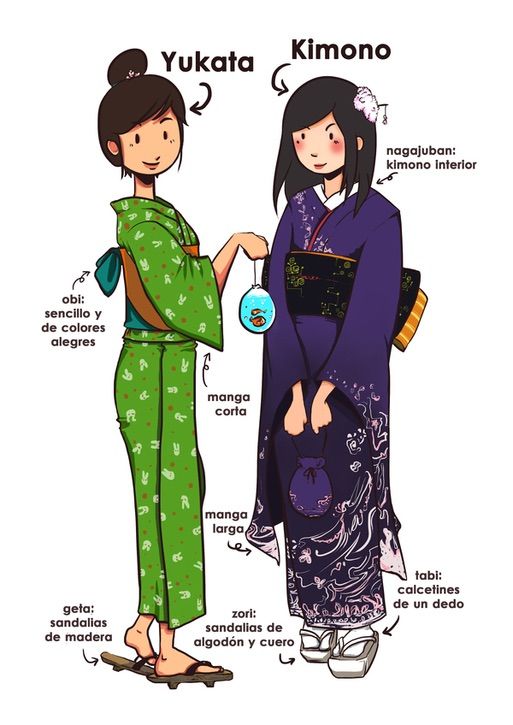
Yukata VS Kimono!! Read about foot wear?! Anime Amino
Kimono and yukata are traditional Japanese garments that have charmed people around the world with their beauty, style, and traditional aesthetic. They are full-length T-shaped robes that have long sleeves and are secured in place with a decorative belt. There are many specific rules for when and how to wear kimono and yukata, known as kitsuke.

Yukata vs Kimono ! Quelle est la différence? Shogun Japon
What is the difference between a Kimono and a Yukata? A kimono is an umbrella term for many traditional Japanese robe-like garments, though it most often refers to a somewhat elaborate, silk fabric robe. Yukata are a type of kimono that are typically made from cotton and are worn casually during the summer and at hot spring resorts.

Products/Detail Kimono Yukata Market Sakura JKH 309 / Jacket, Kimono, Hakama Yukata
A kimono and yukata in Japan are both Japanese garments which can differ in design, material, or silhouette. A common difference between them is the collar; a yukata has half-width and stiffer collars due to its fabric whereas a kimono typically has at least two collars: one close to the neck called juban (sleeve) collar that leaves an opening.

Yukata VS Kimono Here Are The Major Differences Bunka Japan
The yukata, staying true to its relaxed style, has a wide neck collar where frills or some kind of embellishment may be incorporated onto the neckline to enhance the design. It is also relatively softer than those kimonos, which is mainly dependent on the material it is made of. The kimonos almost always have a double collar, one on the neck.